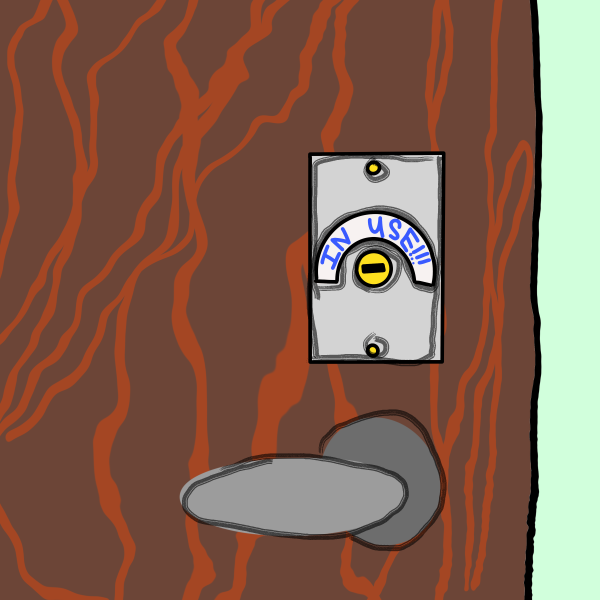For A Breath of Fresh Air
There is more to our airspace than what meets the lungs.
If there’s one thing many of us have in common, it’s that we’re experts at breathing. After all this time, we don’t even think about how good we are at it. In and out, expand and restrict, inhale and exhale — it’s a skill we’ve practiced since day one — but with all the politics that surround the air we breathe, all the laws and rules, an onlooker could confidently scoff at our expertise.
A vast change will be taking place in June of next year: a new on-campus smoking policy. It will mean removal of ashtrays, construction of new signs, and novel, overarching rules for the campus. Smokers will have to go off-campus to smoke as new policies call for it. The new rules call for less cigarette smoke, but there is more to it than that. E-cigs and chewing tobacco fall under the new regulations as well.
The change is already set to happen, but does that make it right? We know the basic arguments for the change. We know smoking is unhealthy; in fact, the basis for the new ruling is predicated upon past complaints about respiratory illnesses surfacing because of secondhand smoke. Smoking is a personal decision that affects users, but it may inadvertently affect others, and Hamline wants to uphold the well-being of the student body. Hamline is only one of two colleges in the state that still allow smoking on campus, so advocates for the change may claim that it is simply about time.
But that isn’t the whole story. Spending a fraction of time on campus is enough to know why. There are those who want to quit smoking. There are those who wish to chew tobacco, whose decision affects no one else. There are those who use e-cigs, which according to WebMD is non-cancerous and a much safer alternative than traditional cigarettes and whose users may be using them for anxiety. The removal of ashtrays is also an environmental hazard if cigarette buds are deposited in undesignated places. In that case, would a blanket ban on these alternatives really be the correct decision?
I don’t smoke. I know some who do. I know people whose lungs are not as strong as mine due to asthma or other conditions. We all want everyone to feel safe on campus and do what they want, but it’s easy to come at it as a black-and-white issue: a choice between freedom and community health. It becomes easy to look at the options and believe that we either otherize and ostracize a part of the student body and force them off campus, or permit a potentially life-endangering environment to be the norm. That’s the rhetoric presented to us. That’s the kind of perspective that everyone will want to coax out of the undecided.
I don’t expect to radically change beliefs, and I don’t aim to. As I’ve already stated, the change is set in stone so a stark debate is unlikely to stir up fundamental change. Yet we have to realize that we are not presented with two options but instead an open-ended question: what is the change we want to see? Implementing the new rules in a way we see fit is key. We are the deciders. We are the changers and go-getters.
There is a middle ground that compromises both sides. Perhaps the ashtrays are there to stay, but the signs can go up. We can keep parts of the ban and drop others. The point is not to get caught up in a cost-benefit analysis and instead adapt to the hand we’ve been dealt. A private company will be overseeing the implementation of the new policy, so it’s imperative that we let our preferences be known — the preference for compromise.
As the days tick down toward June, evaluate how you want change to be made and represent yourself. We all seek solutions and have different ways of finding them, but we do have one thing in common: we all want what’s best for others and ourselves.





